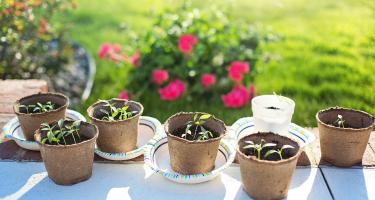To research and write Wildfire: On the Front Lines with Station 8, Heather Hansen followed the crew of a fire station near her Boulder CO home for two years. She went through training and testing to become a certified wildland firefighter, and joined the crew for emergency calls and planned burns. She provides here an insider’s view of the challenges of addressing increasingly frequent, severe, and costly conflagrations.
Writers will soon be facing the deadline of IRS 1040 forms, an annual chore that is one of the few constants in our continually changing society. In recognition of that shared ordeal, here are some quotations (invariably negative; seldom positive) about America's tax system that bring to vibrant life a dry subject that has long been the source of fierce political contention.

